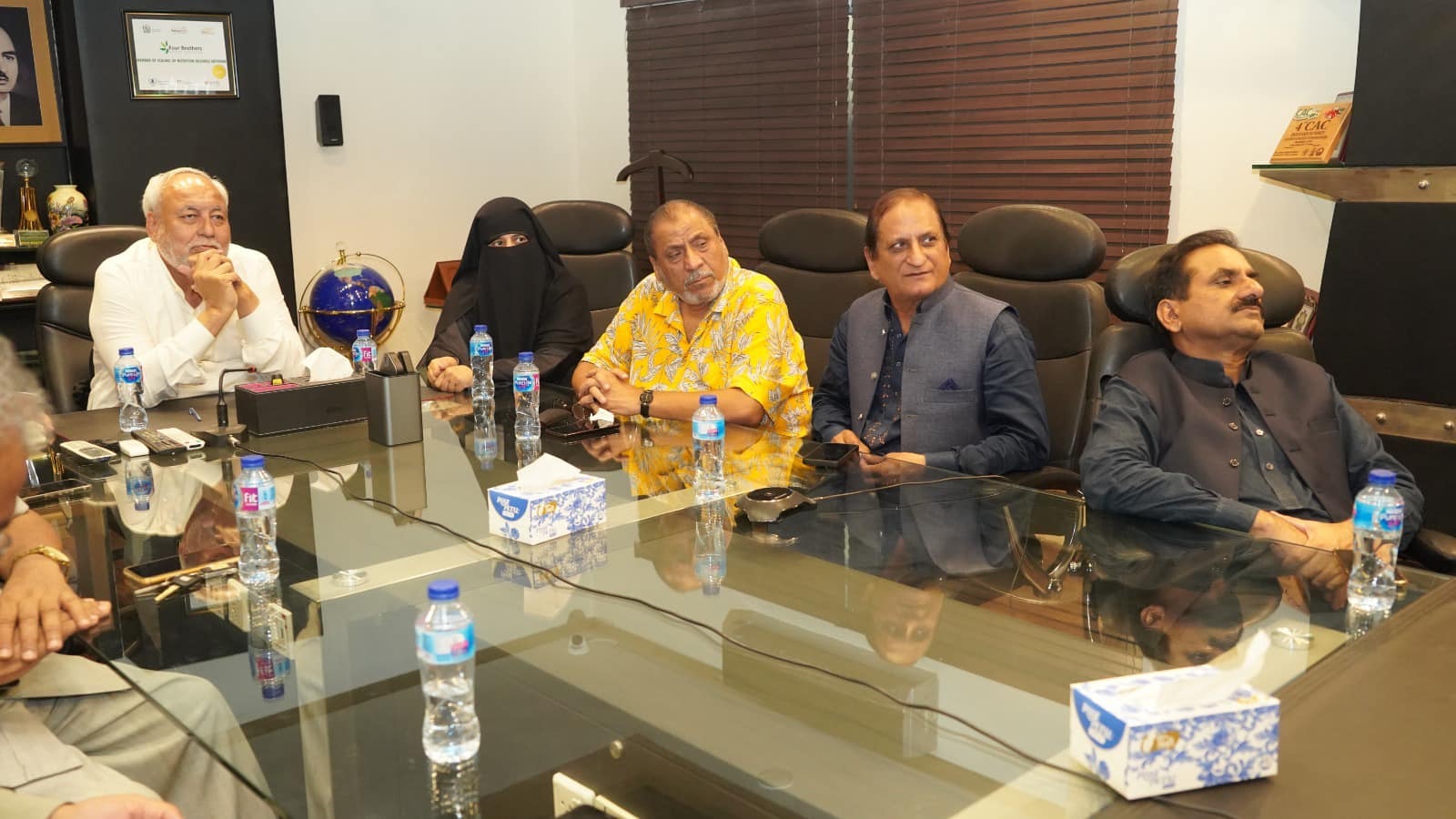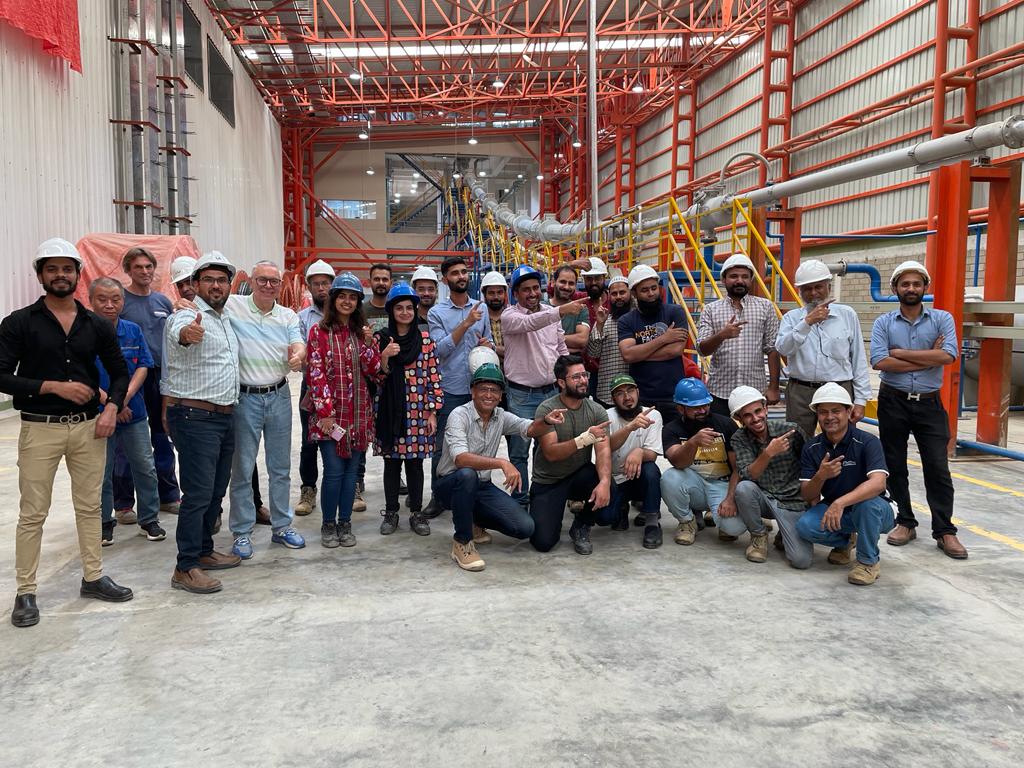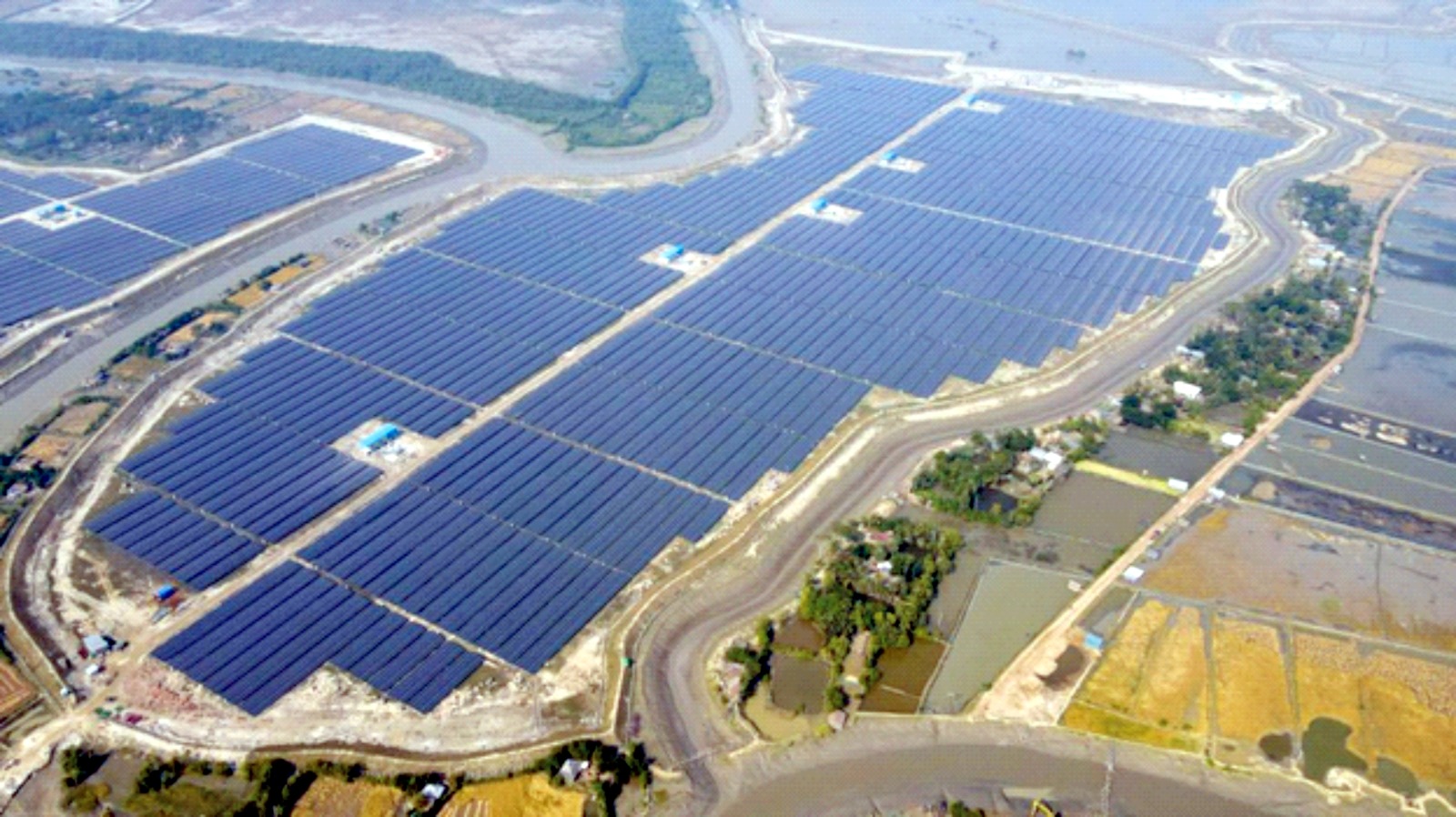TEP warns against withdrawal of electric units for power sector engineers Engr. Jawed Salim Qureshi holds TEP Core Committee moot, Engr Amir Zamir to monitor govt move
The Engineers Pakistan, led by the former chairman, Pakistan Engineering Council (PEC) Engr. Jawed Salim Qureshi has warned against any […]





